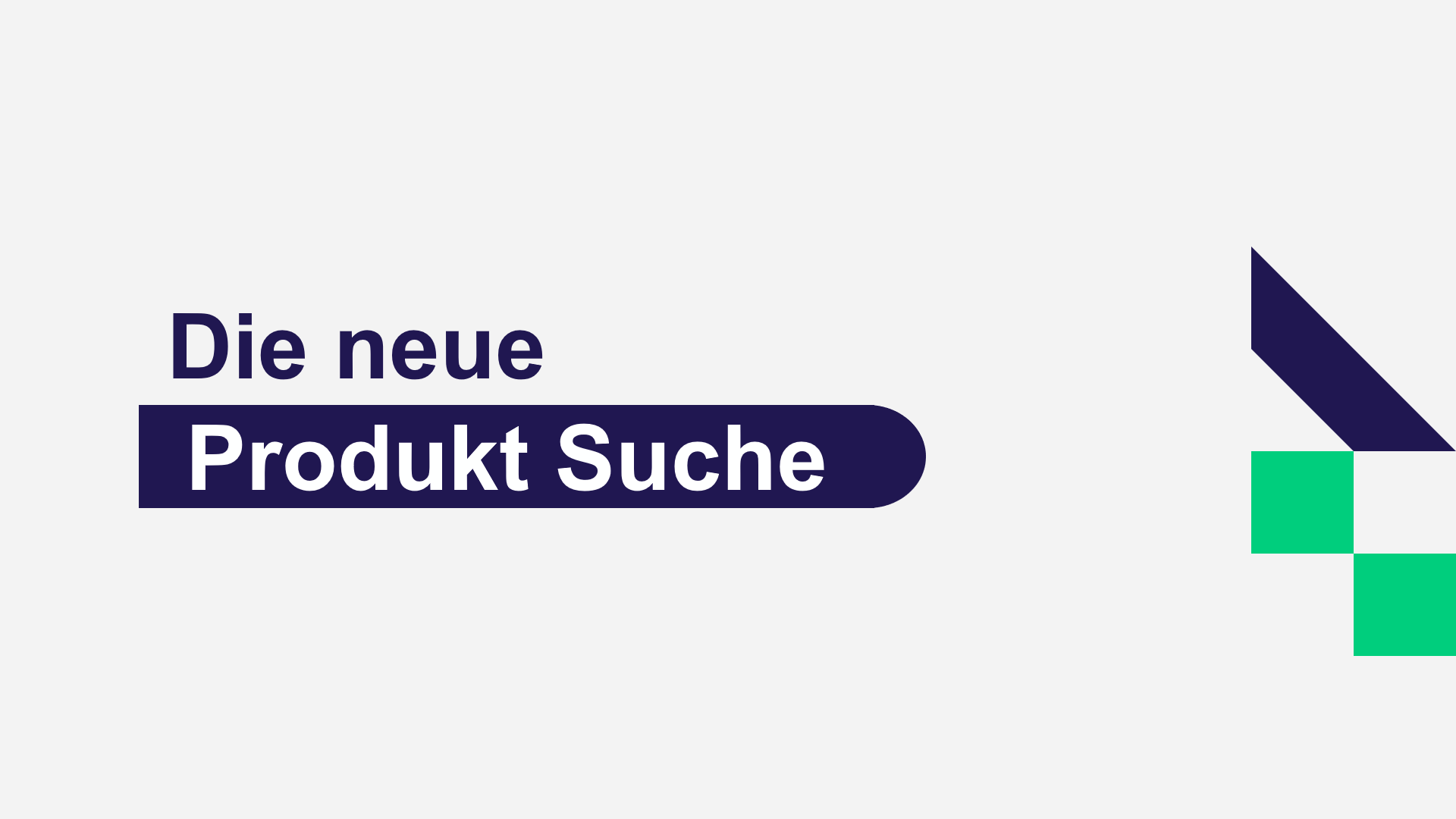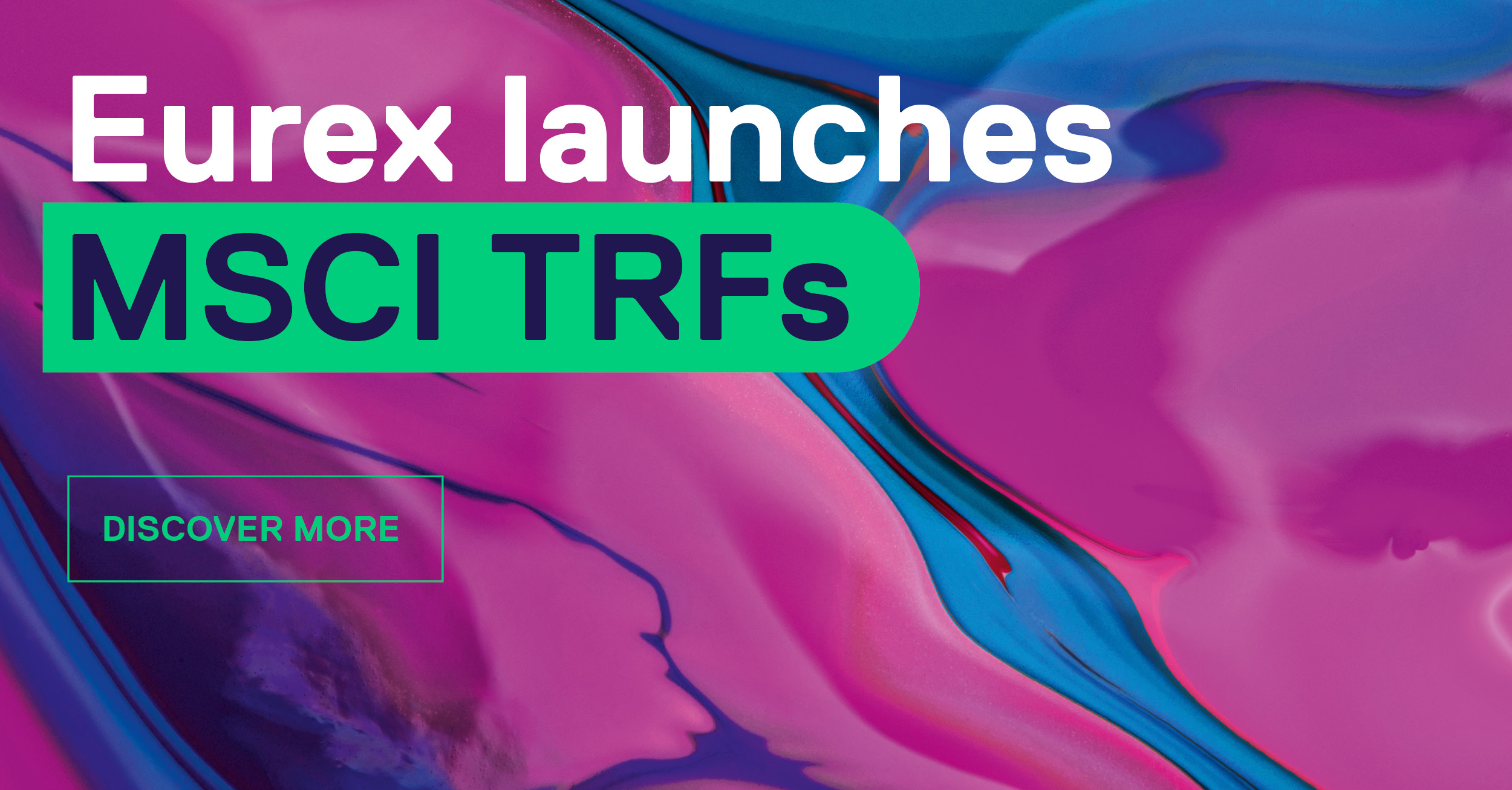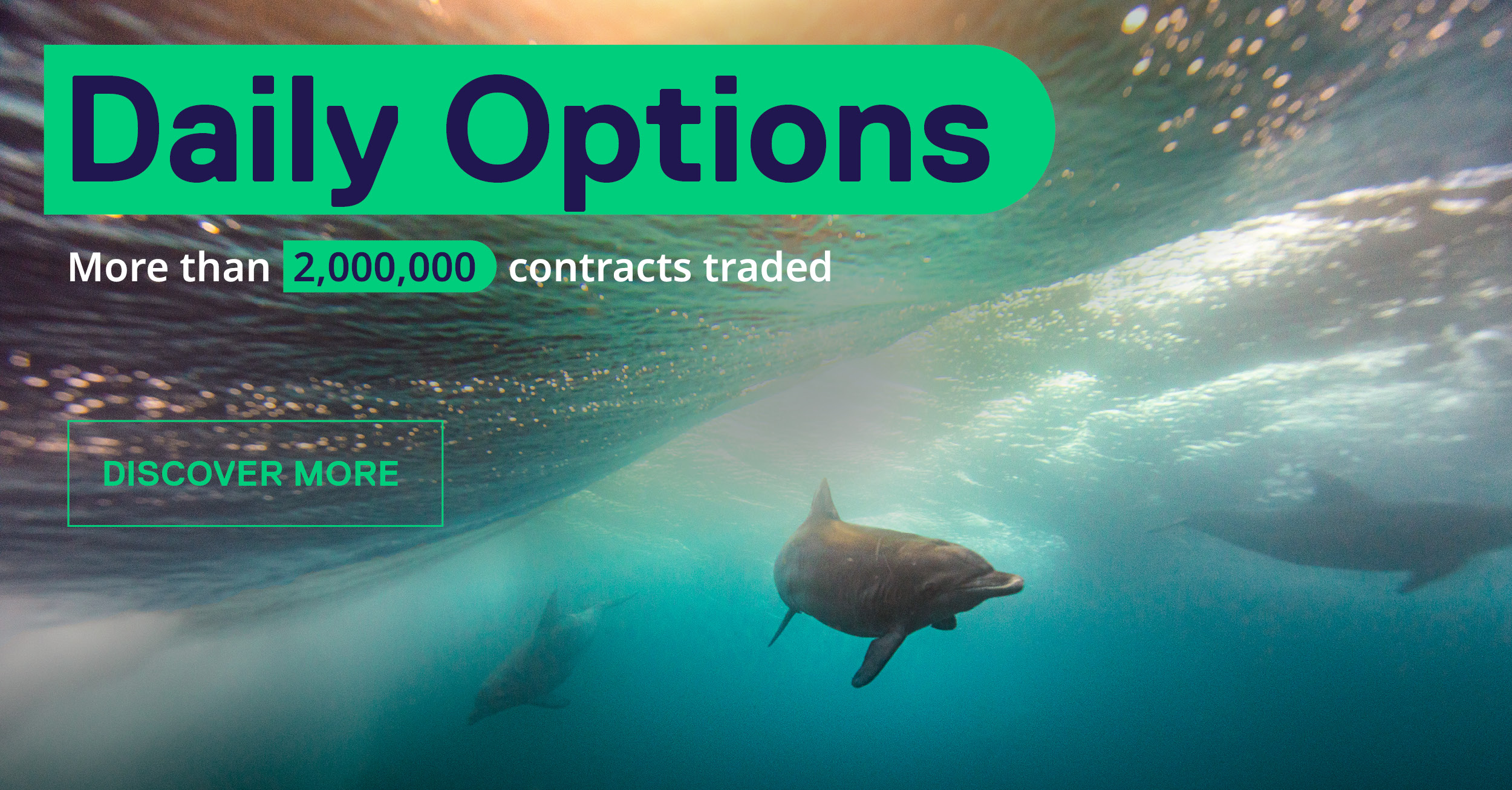1. Introduction
Deutsche Börse plans to introduce T7 Release 10.0 on 22 November 2021. The simulation period for T7 Release 10.0 is planned to start on 13 September 2021.
This circular provides T7 Trading Participants with the T7 Release 10.0 timeline, planned scope and the communication schedule.
The following functional enhancements will be introduced in T7 Release 10.0:
- Next Generation Exchange Traded Derivatives (ETD) Contracts
- Self-Match Prevention (SMP) and Matching Cascades
- Eurex EnLight Staging of Request-For-Quote
- Eurex EnLight Auto Pulling of Quotes
- Enhancing Pre-Trade Risk Limits for Future Spreads
- Aggregation of off-book Trade Sides
- SFTP up/download functionality for non-MiFIR transaction reporting (Art. 26 (5) MIFIR)
- SFTP upload functionality for short codes and algoIDs
- Trading Sessions for the T7 FIX LF interface
Please note that T7 Release 10.0 will not be backwards compatible in ETI nor FIX.
Simulation start: 13 September 2021
Production start: 22 November 2021
Documentation, timeline and much more about T7 Release 10.0 is available on our dedicated initiative page under the following link: Support > Initiatives & Releases > T7 Release 10.0 and on the go via the personalized Eurex App.
2. Required action
Trading Participants are requested to initiate the preparatory steps for software readiness for the new T7 Release 10.0 on 22 November 2021. This will include the readiness of ETI and FIX implementations due to no backwards compatibility being offered for T7 Release 10.0.
3. Details of the initiative
A. Introduction schedule and Communication Calendar for T7 Release 10.0
Please refer to the Attachment for the introduction schedule and the Communication Calendar.
The Communication Calendar lists all important dates on which documents for T7 Release 10.0 will be published, including existing documents that will be revised for T7 Release 10.0.
In July 2021, Eurex Exchange will publish the detailed preliminary Release Notes listing the functional and technical enhancements that will be available in T7 Release 10.0.
Deutsche Börse will provide a dedicated release simulation environment in order to give Trading Participants and Independent Software Vendors (ISVs) the opportunity to perform comprehensive testing of their trading applications, independently of the T7 production environment.
In addition to the T7 Release Simulation, Trading Participants can also use the T7 Cloud Simulation that allows Trading Participants and ISVs to test against the current T7 production and simulation software versions. In this environment, Trading Participants can initiate predefined market scenarios and test-specific strategies more easily than in a shared environment. The T7 Cloud Simulation is permanently available (24/7) for a fixed price per hour and is accessible using an SSL-encrypted internet connection. The T7 Cloud Simulation will start in advance to the usual Release Simulation.
For more information on the T7 Cloud Simulation, please refer to the Eurex website under the following path:
Support > Technology > T7 Cloud Simulation
Eurex Exchange is committed to providing Trading Participants and ISVs with information updates throughout the development of T7 Release 10.0 in order to support adequate planning and to ensure a successful launch.
B. Overview of functional enhancements
The following paragraphs provide an overview of the functional enhancements which will be introduced in T7 Release 10.0.:
Next Generation ETD Contracts
Currently, the product scope of Eurex is supporting at most one expiration per month. In case of more than one expiration per month, additional products need to be set up related to one specific monthly expiration. As an example, index option contracts expiring on the 3rd Friday of a month, quarter or year are summarized by one product (“main product”, e.g. OESX) and index option contracts referring to the same underlying and expiring on the 1st , 2nd or 4th Friday of a month are summarized by different products (e.g. OES1, OES2 or OES4, respectively).
In the future, the product scope of Eurex is enhanced to support more than one expiration per month, which applies across the trading, clearing and risk management area. Consequently, several sub-monthly expiring contracts referring to the same underlying can be summarized by the same product. In parallel to the corresponding releases in the clearing and risk management area, the T7 Release 10.0 is providing the functional and technical changes to support products having more than one expiration per month.
Linked with the launch of the T7 Release 10.0 and with the releases in the clearing and risk management area, Eurex is launching several business initiatives, which requires the handling of products containing more than one expiration per month. As mentioned before, one business initiative is related to the integration of weekly products which are going to be dissolved and the corresponding weekly expiring contracts will be included to the main product. This business initiative will apply to all weekly products available for equity options, equity index options and options on fixed income futures.
A second business initiative is introducing daily expiring Single Stock Futures, which will be provided as underlying leg for options volatility strategies to improve the handling of options volatility strategies regarding equity options.
Finally, a third business initiative is replacing the already existing market-on-close T+X futures by introducing daily expiring index futures contracts with a lifetime of X=3 business days. The daily expiring index futures contracts will be used as near-term leg in a future calendar spread together with a quarterly expiring index futures contract as long-term leg. Such a calendar spread is representing the basis instrument. Provided that the calendar spread price will not change until the expiration of the daily expiring index future, the final settlement price of the daily expiring index futures will be given by the underlying close price and the settlement price of the quarterly expiring leg contract will be given by the underlying close price and the traded calendar spread price (market-on-close at T+X with X=0,1 or 2). This business initiative will apply to all MSCI Futures of Eurex.
Self-Match Prevention (SMP) and Matching Cascades
Starting with T7 Release 10.0, Eurex will adapt the SMP functionality in order to allow matching cascades in the context of SMP events.
This enhancement will allow an aggressively incoming SMP order or quote to match further into the next price levels (quantity and limit permitting), even when a SMP event occurred on a previous price level.
In contrast to today, any remaining quantity of an aggressively incoming regular order or quote with a SMP ID left after the matching cascade – possibly with SMP events - has completed will be processed according to the respective order validity and/or order restriction. This means it will either be written into the book or cancelled.
Besides the quantity reduction caused by the SMP event, the matching process of an order with a SMP ID will not be different to an order without a SMP ID.
Each SMP event will be reported on each price level separately allowing customers to distinguish executed quantities from cancelled quantities for incoming orders or quotes or deleted quantities for sitting orders or quotes. This will lead to changes in the ETI and FIX Order related messages that will not be backwards compatible.
The above described functional changes for SMP are subject to regulatory approval.
Eurex EnLight Staging of Request-For-Quote
Starting with T7 Release 10.0, Eurex will offer a staging mechanism for Eurex EnLight Request-For-Quotes (RfQs). So-called suspended RfQs will initially be inactive in T7. Upon an activation, a formerly suspended RfQ becomes an active RfQ. The active RfQ resembles the currently known RfQ. The target users of this requirement are mainly the Participants who are using the GUI on the Requester side, but are interested in integrating Eurex EnLight into their existing OMS. By submitting a suspended RfQ, these Participants will be able to establish a framework to be used in Eurex EnLight that is based on their existing OMS.
Eurex EnLight Auto Pulling of Quotes
Starting with T7 Release 10.0, Eurex will offer a GUI-based timer of Eurex EnLight Quotes. Responders will be able to define a pull-in timer at the time of entry of a Eurex EnLight Quote. Upon the submission of the Eurex EnLight Quote, the countdown will be started. Once the countdown is completed and the Eurex EnLight Quote is not hit, the Eurex EnLight Quote will be deleted.
Enhancing Pre-Trade Risk Limits for Future Spreads
Currently, Future Spreads are included in the Pre-Trade Risk Limit (PTRL) Consumption like any other complex instrument.
After the introduction of T7 Release 10.0, Eurex will change the way Futures Spreads are counted in the PTRL. Today Futures Spreads are decomposed and the buy- and sell-legs of orders are fully counted in the respective PTRL long and short limit consumption. With the new counting methodology, Futures Spreads will not be decomposed in their buy- and sell-legs anymore. Instead, buying a Futures Spread will increase the Buy Limit Consumption. Accordingly, selling a Futures Spread will increase the Sell Limit Consumption. Eurex will introduce a Netting Coefficient (NC) that will allow Trading Participants to determine how much weight will be assigned to Futures Spreads when calculating the relevant consumptions. Trading Participants will be able to define and maintain NCs via the GUI and via the ETI interface within the existing PTRL definition. A Trading Participant will be able to define NCs per User Risk Group. Defining NCs per product will not be supported.
This enhancement will be introduced after a transition period to allow Participants an adaption of the PTRL settings on the customer side.
Aggregation of off-book Trade Sides
Starting with T7 Release 10.0, the functional scope of multi-lateral off-book trades will be enlarged to support a quantity aggregation denoted as an aggregated off-book trade. In unilateral, (1:n) off-book trades, the single counterparty side will be representing the client side and the opposite side where aggregation is performed will represent the liquidity providers side. The client side will have to be compliant to the minimum lot size, but the opposing liquidity providers side will be able to include off-book trade sides having a quantity below the minimum lot size. The aggregation of quantity contributions from all counterparties on the liquidity provider side will have to satisfy the minimum lot size condition and will have to be identical to the quantity on the opposing client side. The aggregated off-book trade sides will be subject to several validations to prevent the violation of the off-book trade concept.
Eurex Enlight will be enhanced as well to support the aggregation of responses from the responders, i.e. it will be possible for the responder to respond with a quote quantity smaller than minimum lot size if the negotiation request is marked for aggregation. The requestor will then manually apply the quantity aggregation to summarize the quantity contributions of the liquidity provider sides (i.e. the responder side) at the same price in order to be compliant with the minimum lot size and thus will create an aggregated off-book trade of the TES type “EnLight”.
SFTP up/download functionality for non-MiFIR transaction reporting (Art. 26 (5) MIFIR
Deutsche Börse AG sold its Regulatory Reporting Business to MarketAxess (Press Release). Subsequently the DBG affiliates Frankfurt Stock Exchange and Eurex Frankfurt AG will offboard from technical infrastructure of the Regulatory Reporting Hub (RRH). As part of this migration process, the current Axway/RRH SFTP server used for non-MiFIR trading participant data up/downloads will be replaced.
Non-MiFIR members are required to migrate their up/download processes to the Common Upload Engine (CUE) / Common Report Engine (CRE). The CUE will be implemented as central point of trading participant data uploads. CUE and CRE are SFTP servers and the respective account management will be done in the Member Section. Furthermore, the report creation procedure and structure will be optimized. More information will be provided soon via an Eurex circular.
SFTP upload functionality for short codes and algoIDs
Eurex will implement the Common Upload Engine (CUE) as central point of Trading Participant data uploads.
The CUE is an SFTP server and the respective account management will be done in the Member Section analogue to the Common Report Engine (CRE).
The currently used SFTP server for short code and algoID uploads is going to be migrated to the CUE.
Therefore, Trading Participants using the current SFTP server are required to migrate their upload processes to CUE until T7 Release 10.0.
Trading Sessions for the T7 FIX LF interface
Back office sessions for the T7 FIX LF interface were originally introduced together with T7 Release 9.0. In conjunction with T7 Release 10.0, Eurex will also introduce the corresponding T7 FIX LF trading sessions. As with the T7 FIX LF back office sessions, the T7 FIX LF trading sessions will also be offered in parallel to the existing FIX Gateway trading sessions. The FIX LF interface will ultimately replace the existing FIX gateway interface after transition phases. For more information regarding the transition phases for both the T7 FIX LF back office and T7 FIX LF trading sessions and the decommissioning of the existing FIX gateway, please refer to the Eurex Circular 012/21.
Attachment:
- Introduction Schedule for T7 Release 10.0, Communication Calendar for T7 Release 10.0
Further information
Recipients: | | All Trading Participants of Eurex Deutschland and Vendors |
Target groups: | | Front Office/Trading, Middle + Backoffice, IT/System Administration, Auditing/Security Coordination |
Contact: | | client.services@eurex.com |
Related circular: | | Eurex circular 012/21 |
Web: | | Support > Initiatives & Releases > T7 Release 10.0 |
Authorized by: | | Randolf Roth |



